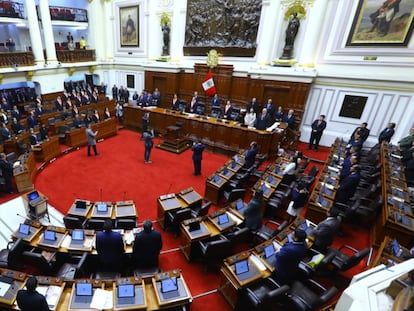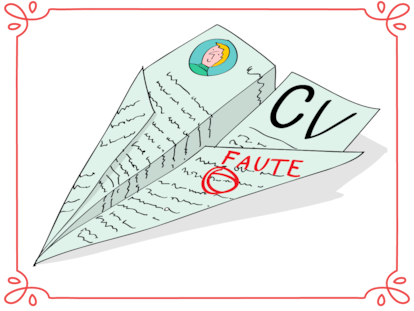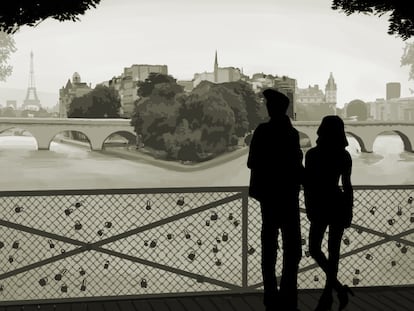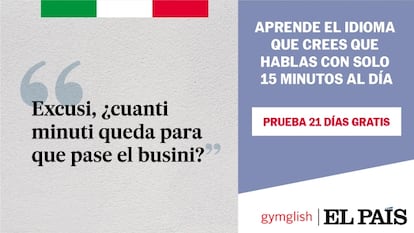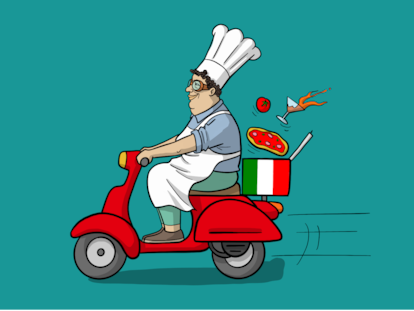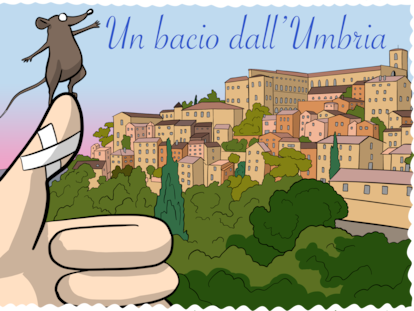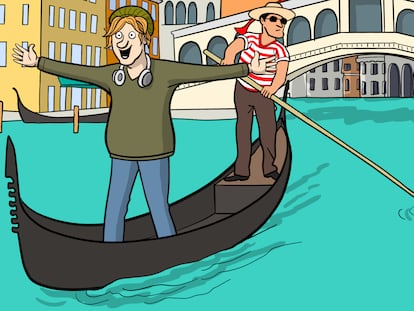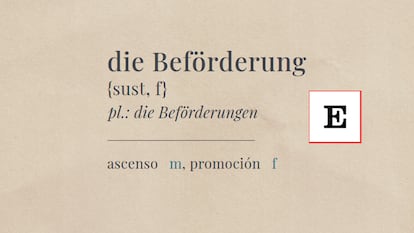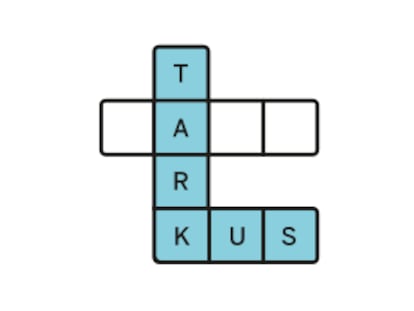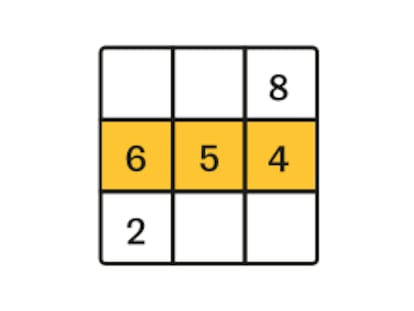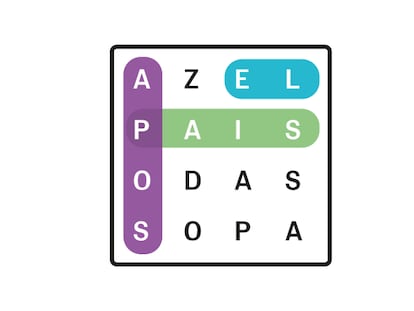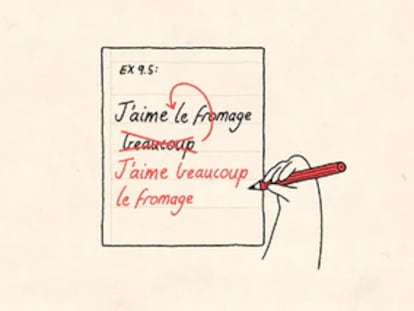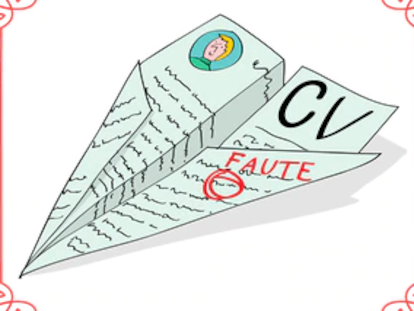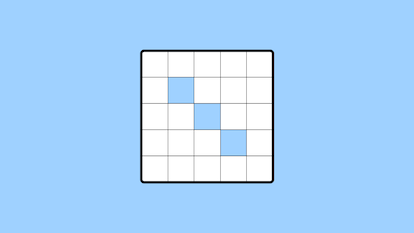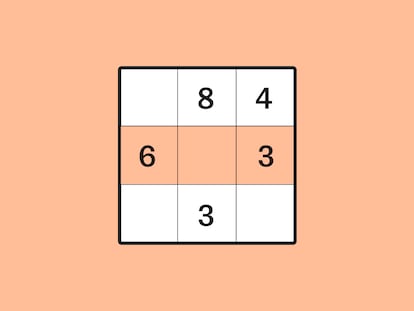The symbolic repatriation of Fernando Túpac Amaru, the boy condemned to perpetual exile by the Spanish Crown 240 years ago
Ashes of the son of Túpac Amaru and Micaela Bastidas, two revolutionaries who defied the monarchy, returned to Peru in an urn
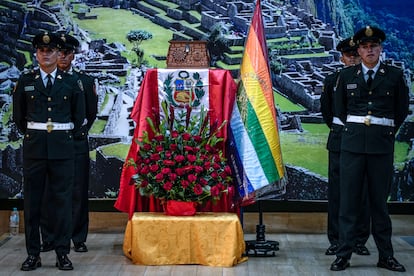
The pututus (traditional shell instruments) echo through the halls of Lima’s Jorge Chávez International Airport on Sunday. In the international arrivals terminal, a dozen women, a few men and a handful of children, all clad in traditional Peruvian llicllas and ponchos, kneel with their heads bowed, sounding the pututus as was custom in pre-Hispanic times, to announce that something big was about to happen. In front of them, a man holds up a wooden urn carved with the image of the Sun and Moon. It is almost 3 a.m. and a few moments ago, a plane from Madrid landed, carrying with it some ashes.
“Greet the passage of Fernando Túpac Amaru Bastidas, a member of the family who launched the first cry for freedom in America. He is the son we were missing. The son who will make a new dawn blossom,” says actress and educator Ana Correa, the devotion evident in her voice. She is a co-founder of Warmikuna Raymi, the collective that has worked tirelessly to receive the chest that contains the symbolic remains of Fernando, the youngest son of José Gabriel Túpac Amaru Noguera and Micaela Bastidas. At the age of 13, Fernando was forced to watch the brutal murder of his parents at the order of the Spanish Crown in 1781.
In the Peruvian Andes, Túpac Amaru and Bastidas rose up against the monarchy and for months caused serious problems for the Crown. After being captured, they were killed in Cusco’s main square. Bastidas’s neck was wrung, she was beaten and kicked, and had her tongue cut out. Túpac Amaru was also beaten and had his tongue removed, after which his limbs were tied to four horses in an attempt to dismember him alive. When he proved too strong to pull apart, they decapitated him. The couple, as well as other members of Fernando’s family, were later dismembered, their remains scattered. The people paid witness to this macabre spectacle, and the message it sent was chilling: if they dared to rebel, the same would happen to them.
Fernanducha, as he was affectionately called, was sent on the long journey to Lima. He was then taken to the dungeon of the Real Felipe castle in the Peruvian city of Callao, where he would remain until 1784, when he was sentenced to perpetual exile in Spain. He died in Madrid in 1798 at the age of 30 in abject poverty, begging for mercy. Although highly educated, he was denied a job. And though he repeatedly asked for it, he was not given proper health care. He expressed the desire to return to his homeland, in addition to his loyalty to the Crown, in a dozen letters that were recently recovered by the Peruvian publishing house Isole, but in return, he received only indifference.
He was buried in the parish of San Sebastián, to the north of Madrid, and there he stayed until 1936, when a bomb exploded in the cemetery during the Spanish Civil War. His remains, mixed in with thousands of corpses — among which were such illustrious figures as Spanish playwright Lope de Vega — were kept in a vault inside the church’s crypt. For more than two centuries, his story was absent from official accounts and his repatriation was the subject of concern to few. It was a centuries-old Indigenous claim on justice that, like so many others, went unnoticed.
“It was not an act of repatriation”
It was a Spanish economist, Aldo Olcese Santonja, who drove Fernando’s return. After several fruitless attempts, he managed to get the current mayor of Cusco, Luis Pantoja, and Congress to take action. On Friday, April 4, there was a discreet ceremony, which no press attended. In Madrid, Pantoja received the ashes that had come from the vault of the San Sebastián parish, in a chest. The symbolic remains have been dubbed tierra de asilo, or “earth of asylum.” That same morning, the Peruvian embassy in Spain unveiled a plaque that commemorates the handover.
“It was not an act of repatriation, nor was forgiveness sought in the name of Spain. An attempt was even made to water it down. One of the priests said that we should not look to the past, when it was in this very city that Fernando was buried alive. It is true that there were few activists present, but that was because there was no open call for participation. They covered their backs from a more political response,” said an individual that had been present in Madrid. Olcese Santonja was not able to witness Fernando’s return home. He died from a massive heart attack at the beginning of last month.
A group of Madrid-based activists has criticized the way the act was managed, citing the political context in which it took place: “If today, instead of dust in an urn, [Fernando] was alive, the dictator [Peruvian president] Dina Boluarte would be the first to block his way and try to return him to the Madrid prison cell where he passed his entire short life. Perhaps they wouldn’t let him leave the Jorge Chávez airport in Lima, because he was considered a violent troublemaker, one of those who have marched in the three takeovers of Lima. Perhaps, if he wanted to take a stroll through Plaza San Martín, police would arrest him for setting foot in the center of his country’s capital, as they have so many Peruvians who, like him, have traveled to Lima to make themselves heard.”
Other voices, like that of Correa, who led the dawn committee in the Lima airport, would prefer to focus on Fernando’s actual repatriation. “We have been self-organized. Nobody is managing us. Since 2012, we have been working for the re-signification of historical memory. Beyond the opinions against this, I believe that energy opens up the necessary spaces. And finally, Fernando is back. Touching the urn was like embracing him, like comforting him in his pain. In a way, he told us, ‘I belong to everyone,’” she says.
Fernando’s wish was fulfilled posthumously on Sunday, April 6. His symbolic remains returned to Peru after 241 years. From Lima, they traveled to Cusco, the land of his parents. A crowd gathered at the coffin of the heir of Túpac Amaru, who claimed to be a direct descendant of the last Inca of Vilcabamba. They paraded him through the same Plaza de Armas where, two centuries before, he had witnessed horror. His ashes reached their destination and the pututus did not cease in the land where the Inca empire once reigned.
Sign up for our weekly newsletter to get more English-language news coverage from EL PAÍS USA Edition
Tu suscripción se está usando en otro dispositivo
¿Quieres añadir otro usuario a tu suscripción?
Si continúas leyendo en este dispositivo, no se podrá leer en el otro.
FlechaTu suscripción se está usando en otro dispositivo y solo puedes acceder a EL PAÍS desde un dispositivo a la vez.
Si quieres compartir tu cuenta, cambia tu suscripción a la modalidad Premium, así podrás añadir otro usuario. Cada uno accederá con su propia cuenta de email, lo que os permitirá personalizar vuestra experiencia en EL PAÍS.
¿Tienes una suscripción de empresa? Accede aquí para contratar más cuentas.
En el caso de no saber quién está usando tu cuenta, te recomendamos cambiar tu contraseña aquí.
Si decides continuar compartiendo tu cuenta, este mensaje se mostrará en tu dispositivo y en el de la otra persona que está usando tu cuenta de forma indefinida, afectando a tu experiencia de lectura. Puedes consultar aquí los términos y condiciones de la suscripción digital.
More information
Archived In
Últimas noticias
Welcome to the post-religion era: The idea of Christianity as the absolute truth has become obsolete
‘I thought you would like it’: The risky sexual practice popularized by TV shows and TikTok
The digitalization of tourism: ‘They promise experiences and gave us the worst possible one’
Mexican peso defies uncertainty with forecasts of a new period of stability in 2026
Most viewed
- Sinaloa Cartel war is taking its toll on Los Chapitos
- Reinhard Genzel, Nobel laureate in physics: ‘One-minute videos will never give you the truth’
- Oona Chaplin: ‘I told James Cameron that I was living in a treehouse and starting a permaculture project with a friend’
- Why the price of coffee has skyrocketed: from Brazilian plantations to specialty coffee houses
- Silver prices are going crazy: This is what’s fueling the rally


